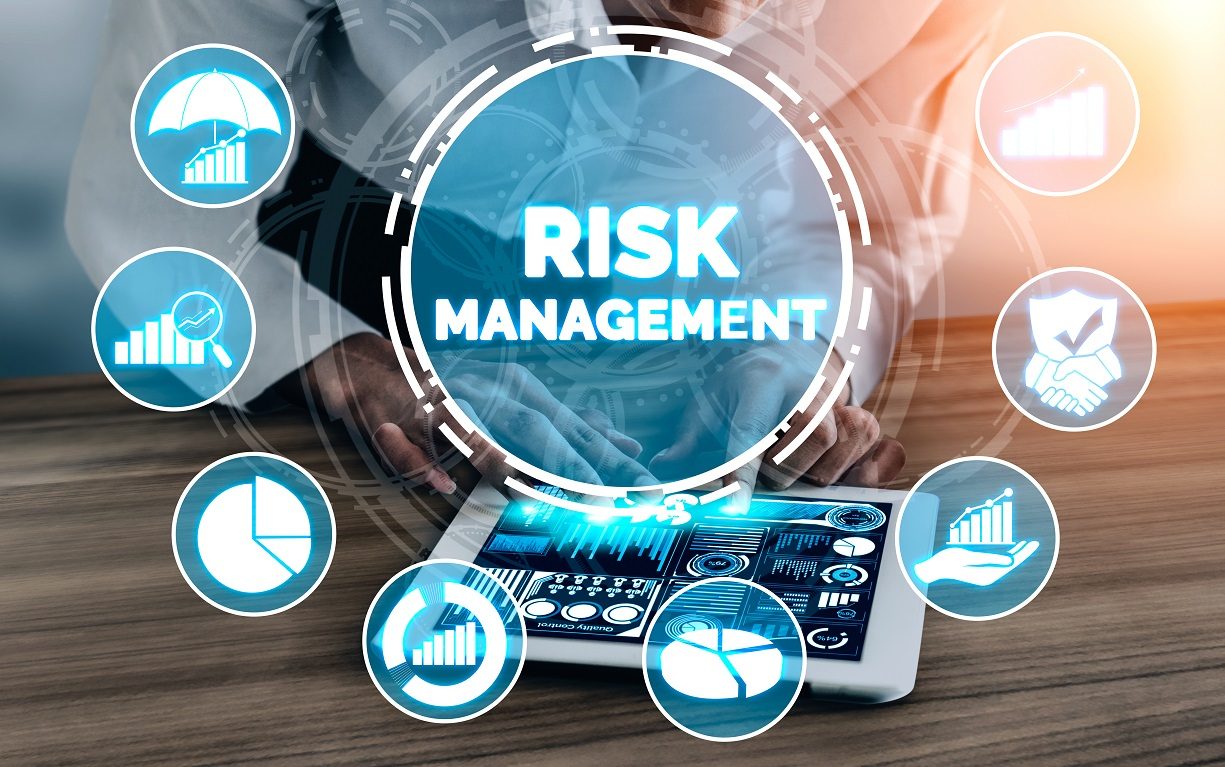
In the realm of investments, the allure of diamonds has always been undeniable. Traditionally, natural diamonds have been the focal point of this fascination, but a new player has emerged on the scene – lab grown diamonds. In recent years, these synthetic gems have garnered significant attention as an alternative investment option. In this comprehensive guide, we delve into the world of investment lab grown diamonds, exploring their characteristics, market dynamics, and investment potential.
Understanding Investment Lab Grown Diamonds
What are Lab Grown Diamonds?
Lab grown diamonds, also known as synthetic or cultured diamonds, are created through a process that replicates the natural conditions under which diamonds form in the Earth’s mantle. These diamonds possess the same chemical composition, physical properties, and visual appeal as their natural counterparts. However, unlike natural diamonds that take millions of years to form underground, lab grown diamonds are produced in controlled laboratory environments within a matter of weeks or months.
The Investment Appeal
Investment in lab grown diamonds is driven by several factors. Firstly, their ethical and environmental credentials appeal to socially conscious investors. Unlike natural diamonds, which are often associated with ethical concerns such as human rights abuses and environmental degradation, lab grown diamonds are conflict-free and have a significantly lower environmental impact.
Moreover, the technological advancements in diamond synthesis have led to the production of high-quality gems that are virtually indistinguishable from natural diamonds to the naked eye. This assurance of quality, combined with the lower price point compared to natural diamonds, makes lab grown diamonds an attractive investment proposition.
Market Dynamics of Investment Lab Grown Diamonds
Growth Trajectory
The market for investment lab grown diamonds has been experiencing rapid growth in recent years. According to industry reports, the global market for lab grown diamonds is projected to expand at a compound annual growth rate (CAGR) of over 20% during the forecast period. This growth is driven by increasing consumer awareness, advancements in production technology, and shifting preferences towards sustainable and ethical products.
Demand Drivers
Several factors contribute to the growing demand for investment lab grown diamonds. One significant driver is the rising interest from millennials and Generation Z consumers, who prioritize sustainability and ethical sourcing in their purchasing decisions. Additionally, the affordability of lab grown diamonds compared to natural diamonds makes them accessible to a broader segment of investors.
Furthermore, the versatility of lab grown diamonds, which can be used in various applications beyond jewelry, such as technology and industry, enhances their investment appeal. As the demand for sustainable and responsibly sourced materials continues to rise, lab grown diamonds are poised to capture a larger share of the market.
Investing in Lab Grown Diamonds: Strategies and Considerations
Portfolio Diversification
For investors looking to diversify their portfolios, investment lab grown diamonds offer an attractive opportunity. By adding an alternative asset class with low correlation to traditional financial markets, such as stocks and bonds, investors can potentially enhance their risk-adjusted returns and reduce overall portfolio volatility.
Risk Factors
Despite their promising outlook, investment lab grown diamonds are not without risks. Market volatility, technological advancements impacting production costs, lab diamonds, and regulatory developments are factors that investors should consider before entering this market. Conducting thorough due diligence and consulting with financial advisors can help mitigate these risks and make informed investment decisions.
Conclusion
Investment lab grown diamonds represent a compelling opportunity for investors seeking exposure to alternative assets with strong growth potential and positive environmental and social impact. As consumer preferences evolve and awareness of ethical considerations increases, the demand for lab grown diamonds is expected to continue its upward trajectory. By understanding the market dynamics, assessing risk factors, and adopting a strategic approach, investors can harness the potential of this emerging asset class to diversify their portfolios and generate long-term returns.






